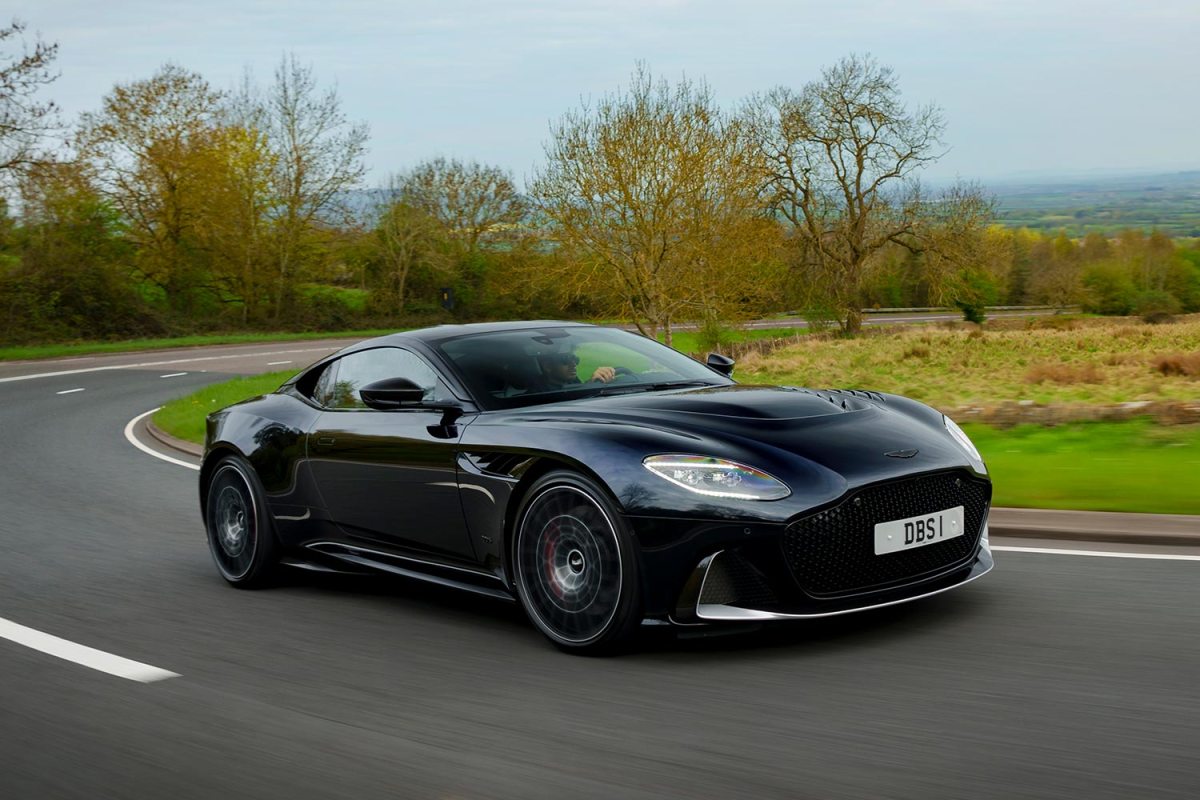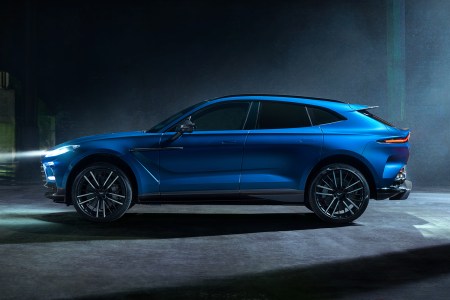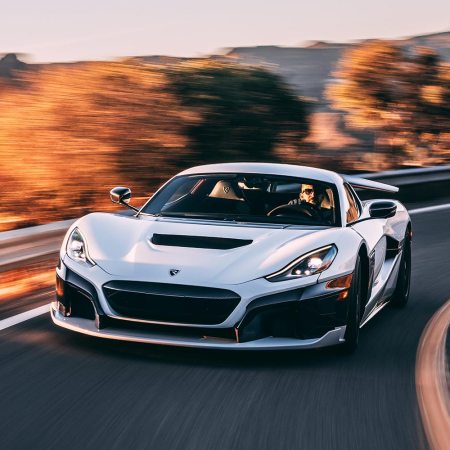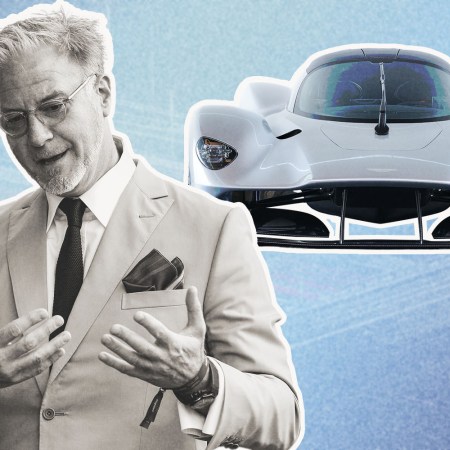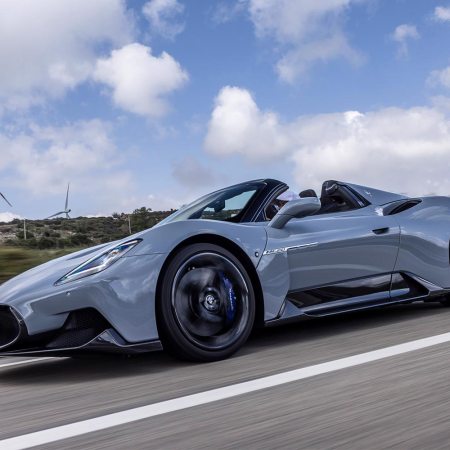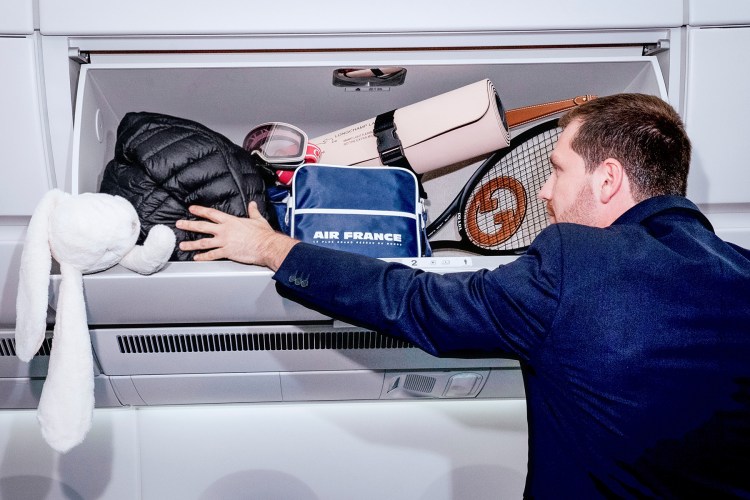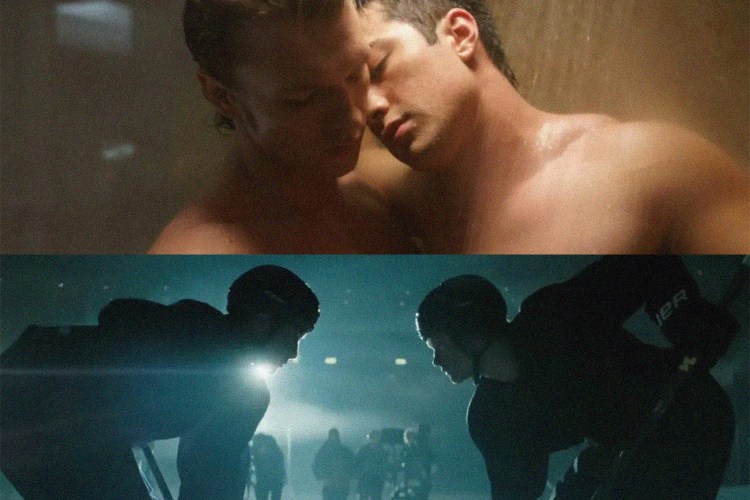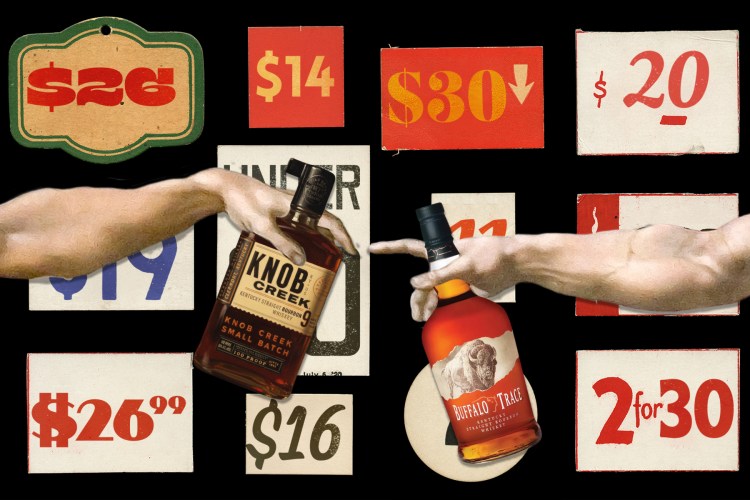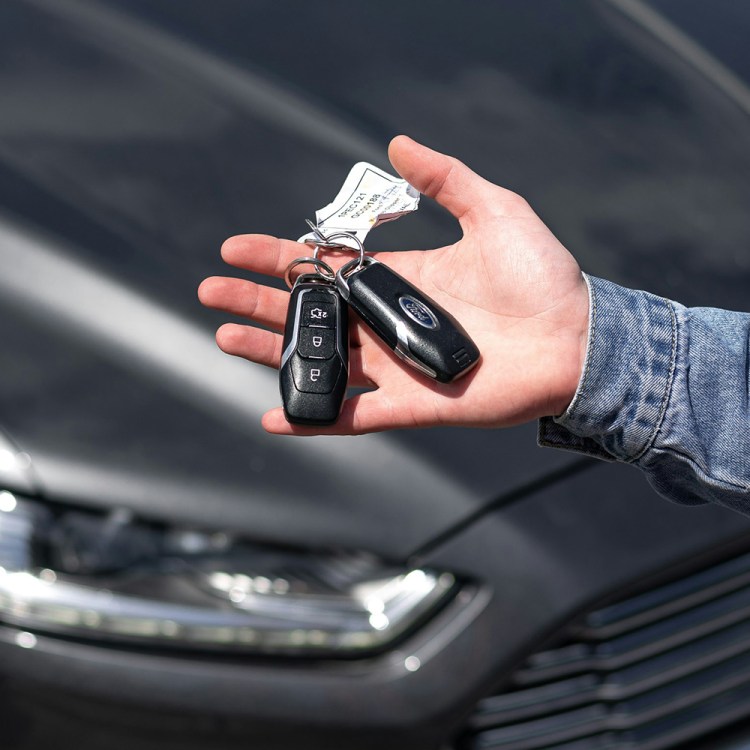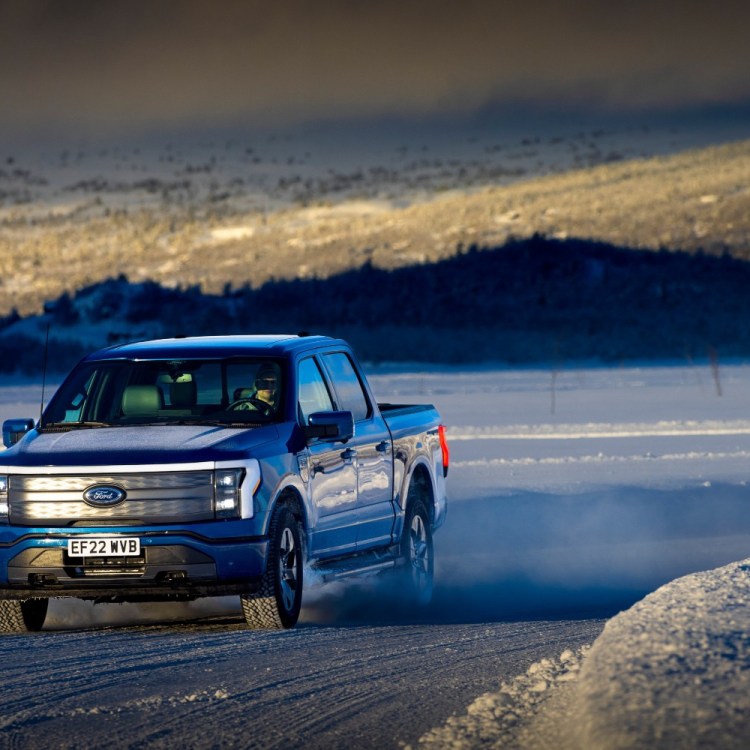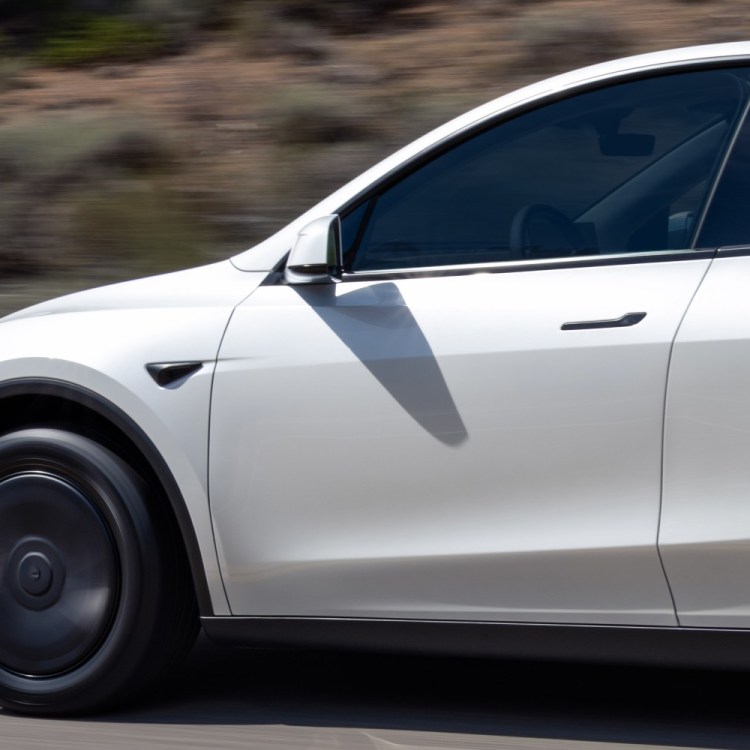It is the very definition of a first world problem: being stuck behind a tractor on a British country lane whilst driving the most powerful production car Aston Martin has ever made. There’s a good reason why the marque’s new DBS 770 Ultimate is so badged. Its twin-turbo V12 delivers 759 horsepower (or 770 PS, hence the name) and a huge amount of torque, topping out at 664 lb-ft.
These are the kinds of numbers that will bewilder those who don’t consider themselves petrolheads, further encapsulated by the fact that, from a standing start, you’re at 60 mph in just 3.2 seconds, and will top out at a blistering 211 mph. Sure, it’s wasted on the U.K.’s roads, with their 70 mph speed limit. But to use an English expression apt when you’re stuck behind a load of manure, just understand that the DBS 770 Ultimate goes like shit off a shovel.
Alex Long, Aston Martin’s head of product and market strategy, says that, in producing a car with so much power, the company is not just tipping its hat to the fact that it is back in Formula 1, but is following market demands, at least for those customers who have already managed to snag one of the 499 being made (300 coupes, 199 convertibles, starting north of $387,000, all sold out). Indeed, Aston Martin — better known more for its looks than its performance — is seeking to level those two attributes out, so customers have no excuse to opt for something from a rival manufacturer.
“There’s a customer with a younger mindset now who wants an aggressive, more contemporary styling, something less classic. That classic style has appealed to the traditional Aston Martin customer, but the DBS has always appealed more to supercar buyers, the kind who might buy Ferrari or Lamborghini,” explains Long. “It’s their summer car for long distance trips, but still crazy fast and meaningfully more powerful, something that drives more dynamically. So yes, [the 770] is a statement for us, and a statement too for the rest of the brand, because as a company we’re heading more towards that emphasis.”
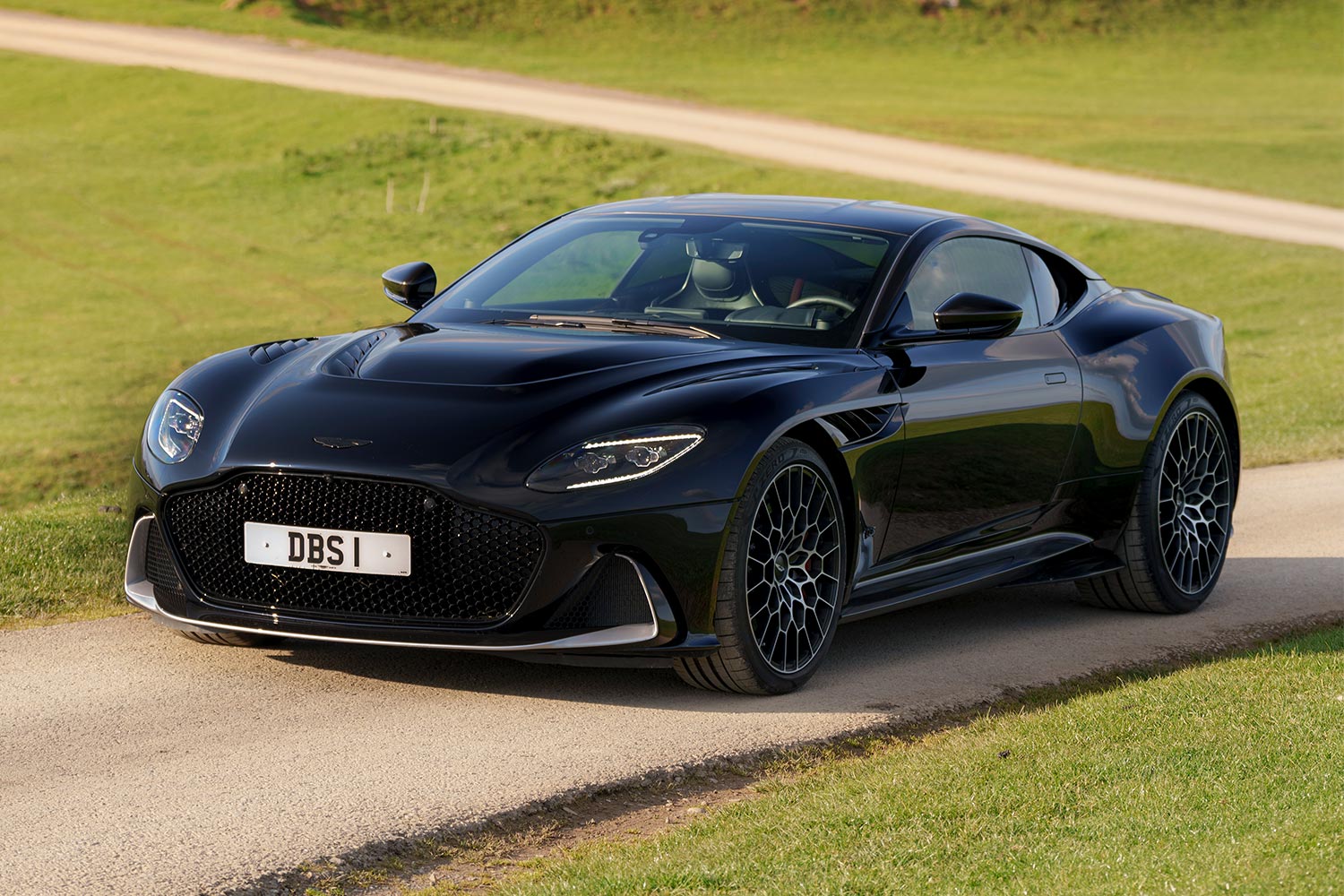
As you might expect from the closest thing Aston Martin has produced in recent years to an all-out muscle car, the DBS 770 Ultimate looks beefier than its predecessors too. “Brute in a suit” has been used to describe the balance of panache and potency in Aston Martins before. This suit strains at the seams. This is an Aston Martin that necessarily wears its power more visibly bulging.
“The fact is that there has been a democratizing of point-to-point performance and power [in the car world] — the ability to travel at extreme speed for a relatively low purchase price means customers ask themselves, ‘Why would I ever buy a supercar?’” says Long. “Then you also have all the premium sport badges — the AMGs and so on — that have seen their power increase over the years too. If the entry level is to have outrageous levels of power, then because we’re Aston Martin and our cars look as though they should have power, we have to have more to retain credibility. What’s more, sophisticated systems, tire technology, chassis technology, they have also come on so that having all that power is not so scary. It’s much more accessible in the way it wasn’t, say, 15 years ago. You can control these cars. You can have all that power and actually access it and enjoy it.”
Review: Aston Martin Nearly Perfects the Super-SUV Formula With the DBX707
Explosive power, nimble handling and a lavish interior make for a magnificent grand tourer, but some outdated tech keeps the crown just out of reachProducing that power also involved Aston Martin taking some bold steps with engineering. Of course, a car like this has to look the part, hence the clamshell hood with new front splitter, horseshoe vent and deep rear diffuser. But these are still there for function rather than form, to improve engine cooling and what the boffins at Gaydon — Aston Martin’s headquarters near England’s historic industrial heartlands of Birmingham — call “aerodynamic balance,” a posh way of saying the car hugs the ground when you may be worried you’re about to take off.
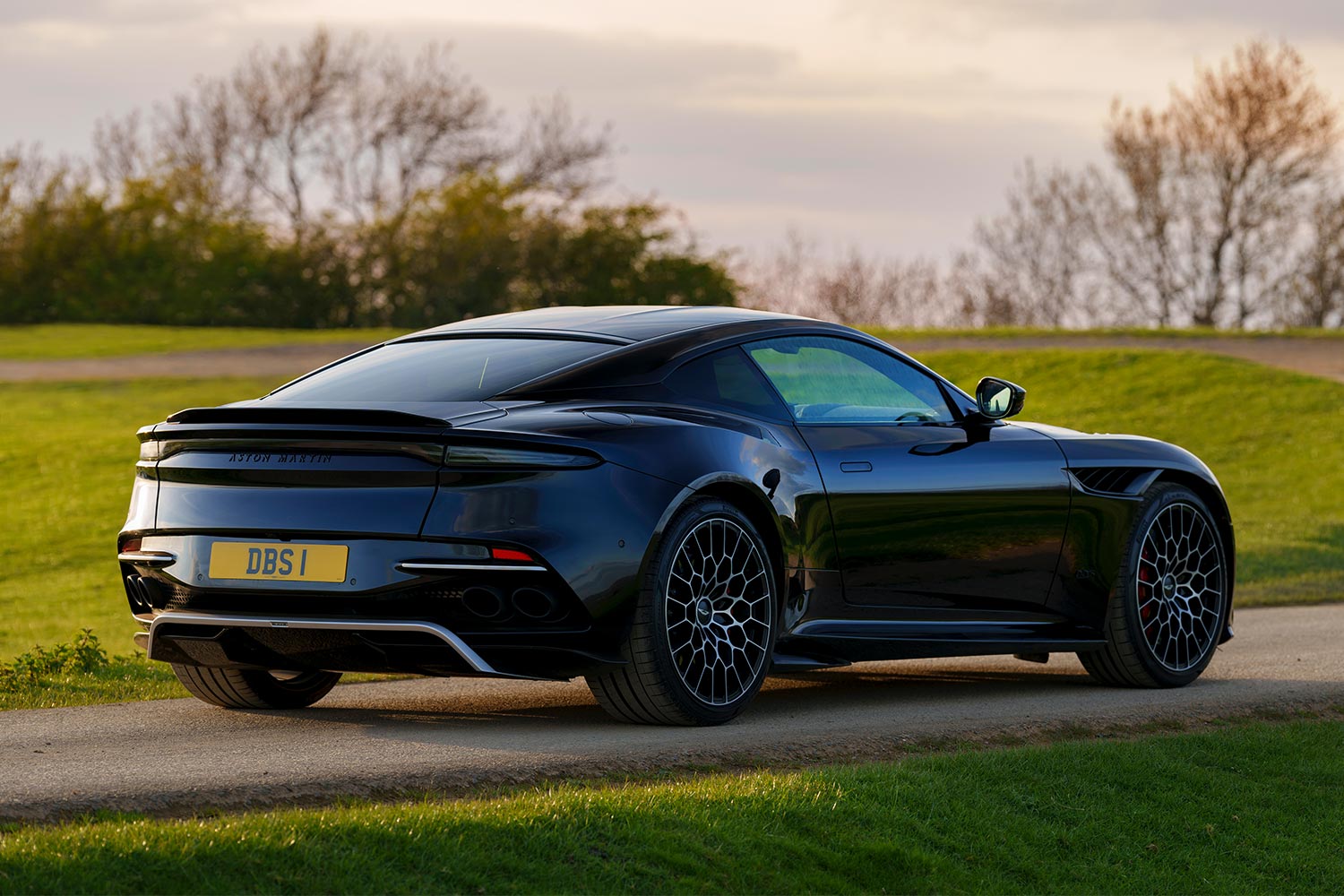
There’s been an upgrade to transmission calibration too, improving shift speeds. This is perhaps the biggest change, giving the 770 a naturally-aspirated feel and improving the driver experience, as does a much stiffer front end and the introduction of a new solid mounted steering column. No fly-by-wire experience, you feel part of the vehicle, and by turns part of the road, arguably more in the DBS 770 Ultimate than in any Aston Martin of modern times.
“It still flows. It’s not darty. But it feels instantly like you want to throw it around corners more, even low speed ones,” enthuses Long. “There’s a duality of character. You can be sedate and smooth, but also have real fun. We’ve had a huge acquisition of talent in engineering over the last few years to make that possible.”
Is this engineering that also marks another kind of ultimate: a last hurrah before the inevitable electrification of such supercars? Long notes that Aston Martin has made a commitment to continue use of the V12 engine — there will always be those who want to take such a fully-loaded car around a racetrack, for the sound, for the thrills — though perhaps in no small part too because sonics have been so much a part of the marque’s appeal. Few engines sound like a V12.
“There’s a fear that combustion engines will be curtailed over time, and there aren’t many manufacturers going into combustion engines now,” Long notes. “So when you have a manufacturer like us saying we’ve spent a load of money and made a ton of effort to make our V12 even more powerful, sure, that’s an emotive moment.”
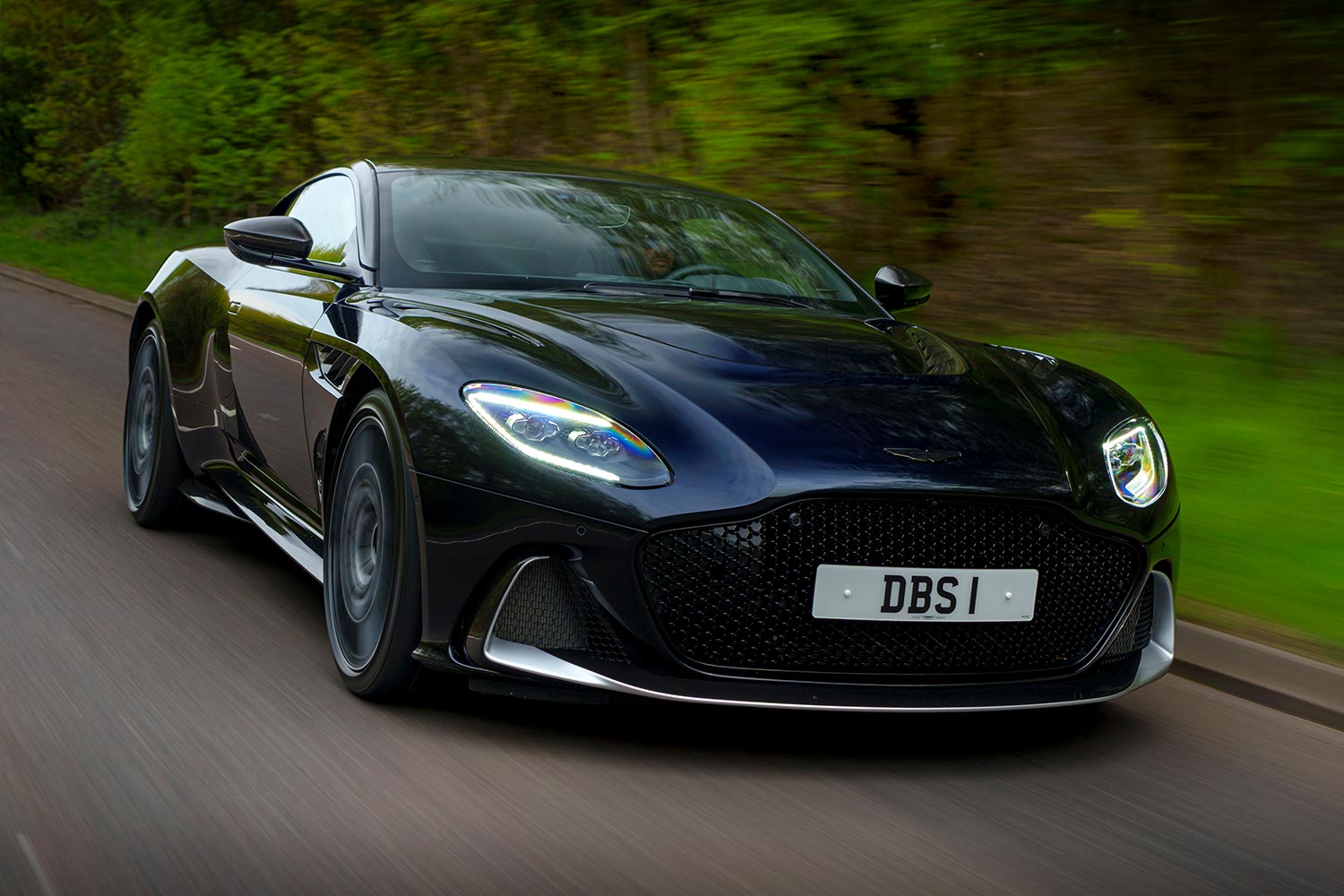
Yet there is another way in which calling the DBS 770 Ultimate — a badge Aston Martin has been using since 2007, and which adds plenty to collectibility and resale value — is fitting: it will be the last of the DBS line of cars. It represents a sadly sweet farewell to one of Aston Martin’s most iconic brands, in production in various forms since 1967, mothballed in 1972, relaunched in 2007 with the introduction of the DBS V12 of James Bond Quantum of Solace fame, and always known for its interplay of power and luxury. And for being available in limited numbers.
“Yes, there will no longer be a ‘DBS,’ but the new replacement [2023] DB11 occupies much more bandwidth, becomes more powerful, more dynamic and so on,” explains Long. “Besides, this is the end of the DBS’s natural life cycle. Will we use that nameplate again in the future? Who knows? It will stay within the portfolio. Is it the end of an era? Yes, because that nameplate has been around with us throughout our history.”
Supercar manufacturers, like their drivers, need to move on. If only that tractor would get out of the way.
This article appeared in an InsideHook newsletter. Sign up for free to get more on travel, wellness, style, drinking, and culture.
